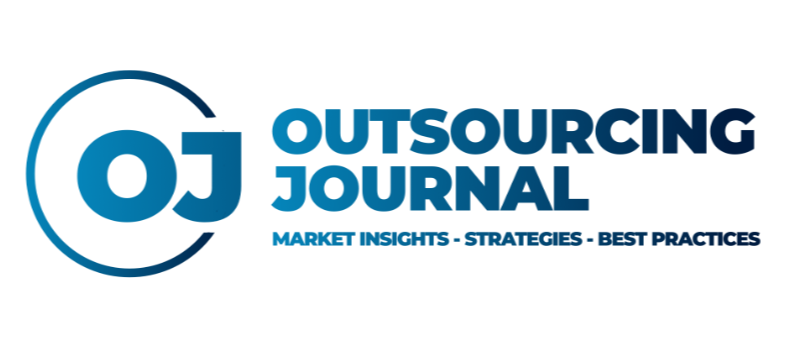What is CRM?
CRM is the business system that supports the entire activity of a company in relation with its own customers. It covers the main phases of a customer journey such as Attract & Inform, Buy, Delivery, Use, Get help & modify. All stages together summarize each & every customer experience.
The strong demand for CRM solutions has determined business software providers to invest in their customer relationship management solutions and enhance them.
However, before selecting a specific solution a solid plan has to be developed in order to ensure that the companies’ objectives are met. Then, align the Organization and its Processes and build the right relationships the right way. It is not easy to acquire the appropriate CRM solution and align or even surpass your competitors.
Thanks to digital environment, customers live in a world where can get more of what they want, in more places and at more times. A new category of competitors has recently appeared – companies that use software solutions to get closer to potential customers and win the battle. This attitude may allow them to provide more appropriate products and services affordable prices.
Let’s face it: we are living turbulent times, when it is not so easy to establish new customers’ relationship and retain the existing ones. The only method of surviving now is to know, understand and empathize with customers. In short, companies & employees need a CRM to fairly treat their customers.
But what is Customer experience?
Those few interactions with a company when customers invest a high amount of emotional energy in the outcome define customer experience. The most important experiences are known as “moments of truth”, but it is well-know that not every experience a customer has is a moment of truth and not every moment of truth is equally important. The real challenge is to identify the most important moments of truth (“moments that matter”) and to focus on these as a matter or priority.
So, to summarize:
• Customer Experience is about customers’ emotions, what they feel as a result of their interaction with a particular organization;
• It is possible to design and manage Customer Experiences to evoke positive emotions from customers, and to create affinity with the Brand;
• Getting the Customer Experience right can deliver huge commercial benefit
• Getting it right takes effort and focus, from across the entire organisation. Customer Experience is strongly linked with Brand Engagement;
• The foundations are in place with our Brand Essence and Customer Experience Principles, but the next step would be to design a detailed, end-to-end customer experience that is relevant to your local market.
How to make CRM & CEM work together?
Customer experience is just one component of the CRM strategy. Others are long-term customer growth, satisfaction, loyalty, and advocacy.
CEM does contribute to these components and in turn to the CRM strategy, but CRM is the larger umbrella under which CEM is covered. Now is the time for companies, as well as CEM and CRM vendors, to understand the emerging integration of CEM and CRM and work together to optimize these efforts.
Let’s first consider CRM, which is most commonly used to manage the existing customer base and various segmentation parameters of their customers. For instance, the CRM system provides the ability to build targeted campaigns based on specific segmentation. CRM also enables organizations to react swiftly when customers are demanding new services or to respond, after the fact, to a negative customer experience.
We are now, however, operating in a time where managing the customer base through high level segmentation or post-event action isn’t sufficient enough, on its own, to ensure a differentiating customer experience. This is where CEM steps in. It can enable companies to proactively engage with, and take appropriate targeted actions to avoid any challenges that might surface, such as quality of service issues.
Conclusions
1) Both terms work together to ensure an optimal outcome for customers.
2) Both aim to make the interaction of customer and vendor as smooth and as pleasant as possible with CRM systems focussing on managing the process from the employee’s side and with CEM managing the process from the customer’s side.
3) Both are necessary for the best experience and a failure of one cannot compensate for the other.
About the author
Hans Kort is the International Sales Director in TotalSoft, one of the leading business software providers in Central and Eastern Europe. Senior professional in the area of Sales, Marketing and Business, Hans has a solid business acumen with strong understanding of emerging markets, business development, marketing and (financial)management. During the time, he proved leadership skills by coordinating, building successful organizations in difficult circumstances and ability to quickly take on new responsibilities. With a broad experience in emerging EMEA: Russia, CIS, Middle East and Africa as well as international and global business, Hans undertook a variety of roles in international companies such as Microsoft, ReadSoft or HP, where he occupied management positions at regional and global level. In TotalSoft, Hans is responsible for the implementation and coordination of the international development strategy, aiming at increasing the multinational accounts portfolio and attracting global projects.
